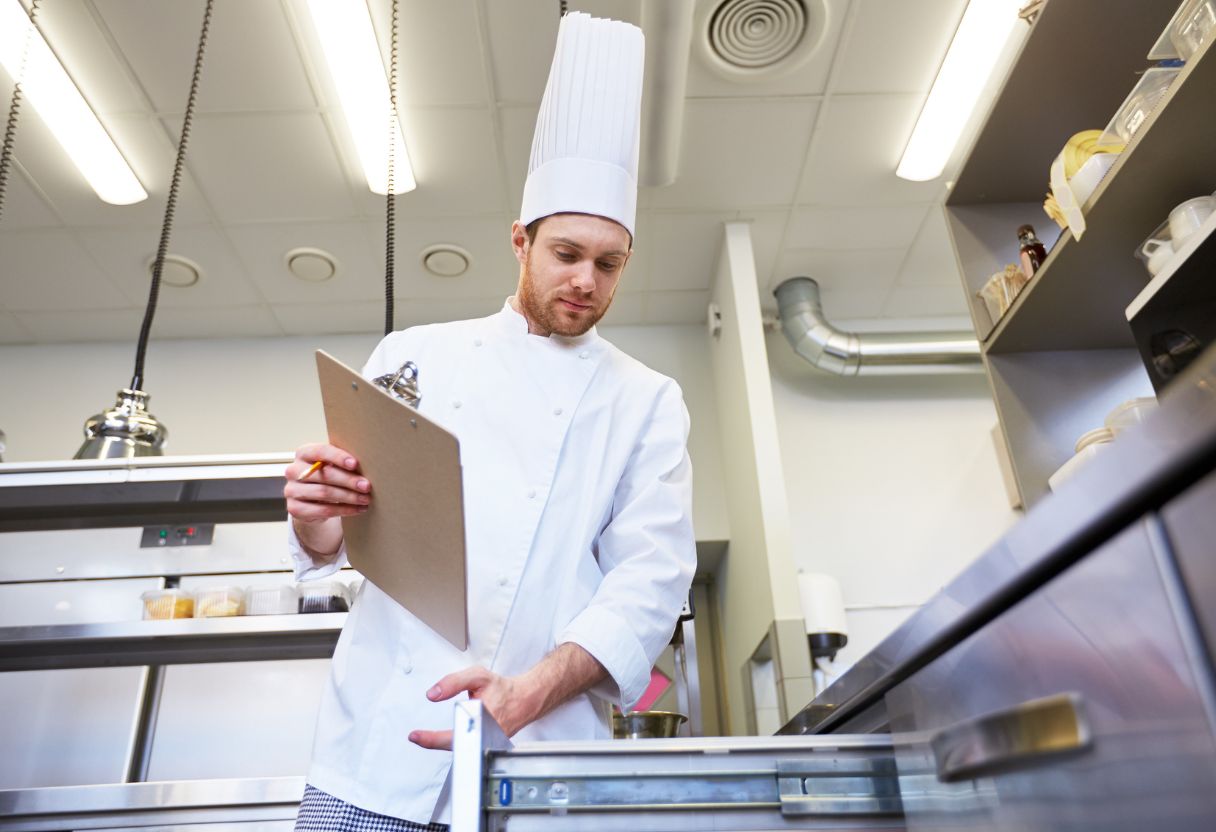Reducing Food Waste in Restaurants with Preventative Maintenance

Did you know the average restaurant spends 30-33% of its revenue on ingredients yet wastes around 50,000 pounds of inventory per location per year? In addition, a staggering 85% of restaurant product loss issues are attributable to inadequate food storage conditions, such as fluctuating temperatures or a breakdown of equipment altogether.
Extreme occurrences of product expiry, known as loss events, can also occur when equipment breaks down. However, equipment breakdowns and loss events can be avoided through regular preventative maintenance of your cold storage units. The best part? Restaurants can perform these tasks themselves without the need for contracting outside personnel. Check out this list of tips to learn the most effective methods.
Clean the drain pan and check for proper drainage
A commercial refrigerator or freezer’s drain pan can attract large amounts of moisture, including sludge and slime – particularly if it has been sitting there for a while. Not only can this cause your restaurant’s refrigerator to freeze up, but it can affect connected tubes too, causing clogging, overflow, and leaks.
Food exposed to sludgy pools of bacteria is at risk of becoming infected with spores and bacteria that risk spreading foodborne illness. Because of this, you must check and clean the drain pan at least once a month. Simply use a sponge or gentle scrubbing brush, along with a cleaning solution such as diluted vinegar or soap and warm water.
Check for excess moisture
It’s not just the drain pan that can be affected by excess moisture. We also recommend regularly checking your fridge’s surfaces, including its shelving and floors, for any spills. Liquids spilled and left on surfaces can create excess humidity that promotes fungal and bacterial growth.
Excess moisture also occurs when a component such as a compressor or a ventilator fill with dirt and dust. Without the ability to circulate refrigerant or remove moisture within this space, the air becomes stagnant. As a result, other components within your refrigerator work harder to compensate, creating excess moisture with nowhere to go. This moisture can result in wilted or frozen produce. In either scenario, affected items are unfit to serve and have to be discarded.
To keep on top of this potential problem, restaurant staff should clean up any excess moisture as soon as it occurs and monitor components for clogs.
Another solution is to use remote humidity monitoring. Remote humidity monitoring allows you to check moisture conditions in cold storage spaces in real-time. In turn, real-time monitoring can help you anticipate excess moisture events before they are critical.
Inspect electrical wiring and components
Often, restaurant owners tend to overlook the importance of the electrical wiring and components of their refrigerator – especially as these are often the parts that aren’t usually interacted with daily.
Start by visually inspecting all visible wiring for wear and tear, kinks, bare areas, and discoloration. Then, immediately schedule a professional to replace any wiring that’s damaged. You’ll also want to confirm with maintenance personnel that all the electrical and ground connections are secure. Finally, instruct your tech to examine and clean the electrical cabinet, looking for signs of moisture, dirt, debris, insects, or vermin.
Ensure all power sources are disconnected before you or your maintenance team conduct any service work on a refrigerator or freezer unit.
Use temperature and humidity sensors
Refrigeration equipment that is malfunctioning will experience wild temperature fluctuations. This is why temperature monitoring has always been part of the restaurant business. Traditionally, operators have conducted manual temperature checks using thermometers.
Unfortunately, manual temperature checks put inventory at risk through human error, inaccurate readings, or equipment failure.
More than 85% of restaurants’ food safety and product loss issues revolve around time and temperature. Suppose the temperature is set lower than necessary. In that case, your refrigerator will be working too hard while placing your ingredients at a higher risk of being exposed to harmful bacteria or spoiling.
However, an internal refrigerator temperature that’s too cold can cause ice to form, which can lead to changes in the quality of your food and a decrease in the refrigerator’s lifespan.
Remote temperature and humidity sensors and monitoring systems, such as GlacierGrid, allow restaurant owners and managers to keep track of fluctuations. As a result, your team can perform refrigeration maintenance before the equipment breaks down and places inventory at risk.
Roughly 5% of the hospitality industry is reducing food waste in restaurants with preventative maintenance; why not join them with the help of GlacierGrid?
To see for yourself how GlacierGrid can help you reduce restaurant food waste with preventative maintenance, click below to buy now.







